10 Customer Acquisition Strategies to Drive Business Growth

Sorry, there were no results found for “”
Sorry, there were no results found for “”
Sorry, there were no results found for “”
New client acquisition strategies are like the superheroes of successful marketing and business growth. They help you unleash the power of effective client acquisition to attract potential customers and skyrocket your long-term retention.
This guide has everything you need to know about the basics of client acquisition strategies. Plus, we’ve spiced things up with a look at different client acquisition methods, inspirational success stories, and how to overcome potential challenges. 📈🏆
Client acquisition refers to attracting and gaining new customers or clients for a business. Likewise, a client acquisition strategy is designed to obtain new paying customers and drive business growth.
Here are the three basic steps found in the most effective customer acquisition strategies:
While there are other specifics to consider within each step, that’s the basic process.
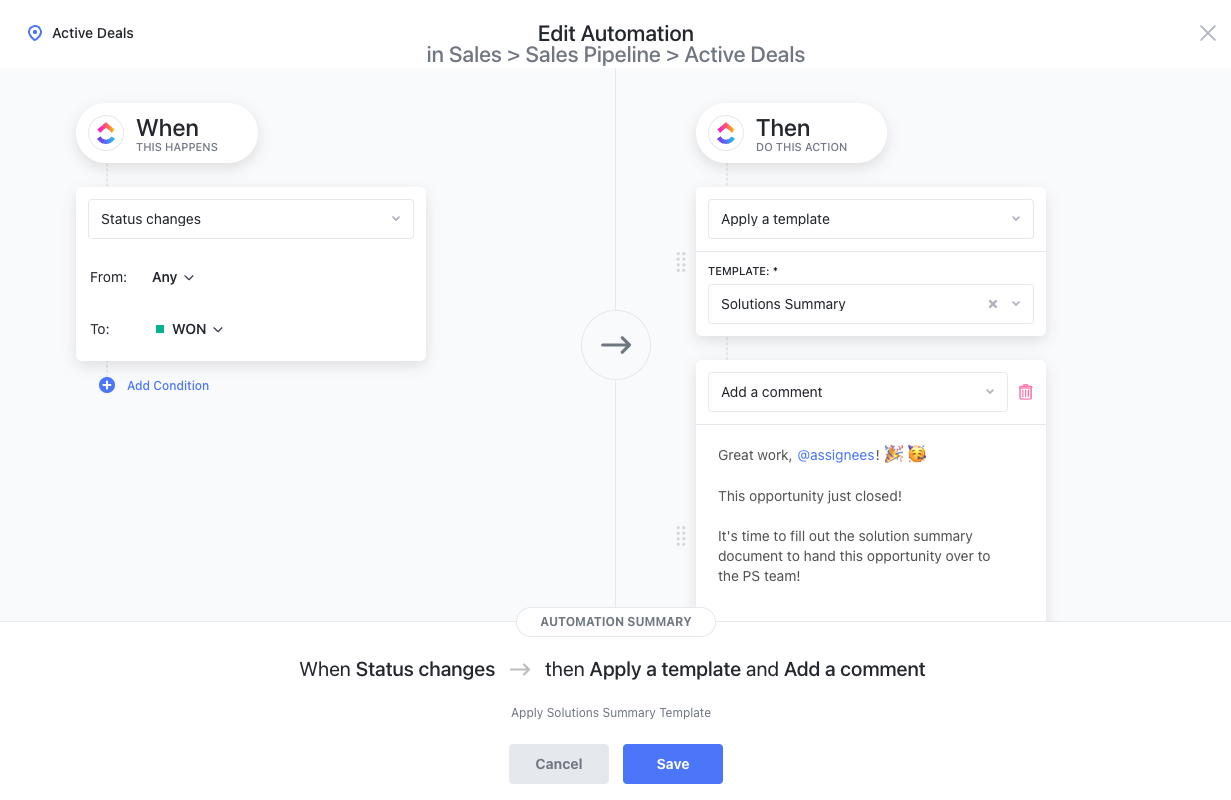
Of course, you’ll see several variations on each of these steps depending on the marketing strategies a company or professional chooses to use. It’s all about leveraging the best new client acquisition strategy for your goals, audience, and product or service.
The customer acquisition funnel, aka sales funnel, refers to the journey potential customers take on their way to becoming paying customers.
It’s marketing specifically designed to drive action. 🏃
A person enters the customer acquisition funnel when they become aware of the product or service and leaves it the first time they make a purchase. From there, they enter the post-purchase experience, but we’ll save that topic for another guide.
Here are some of the benefits of a quality customer acquisition funnel:
Long story short: Client acquisition strategies reach your target audience and improve your bottom line.

The strategies and tools required to reap these rewards will vary from business to business. Likewise, there’s a wide range of different customer success software and tools that marketing professionals may use to improve the customer acquisition process.
There are several customer acquisition methods—you don’t have to choose just one. Sometimes, including two or more methods in your new client acquisition strategy is more effective.
You’ll find both in-person and digital options highlighted below; the effectiveness of each depends on your business, industry, and audience.
Now, let’s look at some of the most common ways to attract and convert new customers, plus which types of businesses they might be best for.
Best for the following industries: Service, manufacturing, technology, financial, education, energy, retail, e-commerce
Focus on publishing and distributing content that is relevant to and useful for your target audience. High-quality content attracts and engages potential customers, creating an emotional connection that will ultimately drive potential customers to make purchases.
Here are some digital marketing ideas to get you started:
Best for the following industries: Service, food and beverage, technology, real estate, construction, transportation
Search engine optimization (SEO) improves how your business appears on search engine results pages (SERPs).

SEO professionals do this by optimizing landing pages, blog content, and social media posts to rank content higher when your audience searches for related keywords.
For businesses, this translates to appearing in organic searches more often, generating organic traffic, building credibility, and increasing brand awareness.
Best for the following industries: Technology, transportation, education, retail, service, food and beverage, manufacturing, financial, hospitality, automotive
Paying for traditional, display, and pay-per-click (PPC) advertising has the potential to increase visibility for any business.
By choosing the right marketing channels for your industry and audience, you’ll increase the number of customers entering your customer acquisition funnel. And that’s always a good thing.
If you need help getting started, we’ve highlighted some potential places to pay for ads below:
Best for the following industries: Retail, financial, entertainment, nonprofit, service, retail, e-commerce
Sending targeted emails to potential customers on your email list nurtures leads and encourages them to take action.
Sure, we all get a lot of marketing emails that we delete every day, but email marketing is a low-cost way to increase opportunities to engage with your audience. You never know when one of your subject lines will set a potential customer in motion to make a purchase! 💡🤑
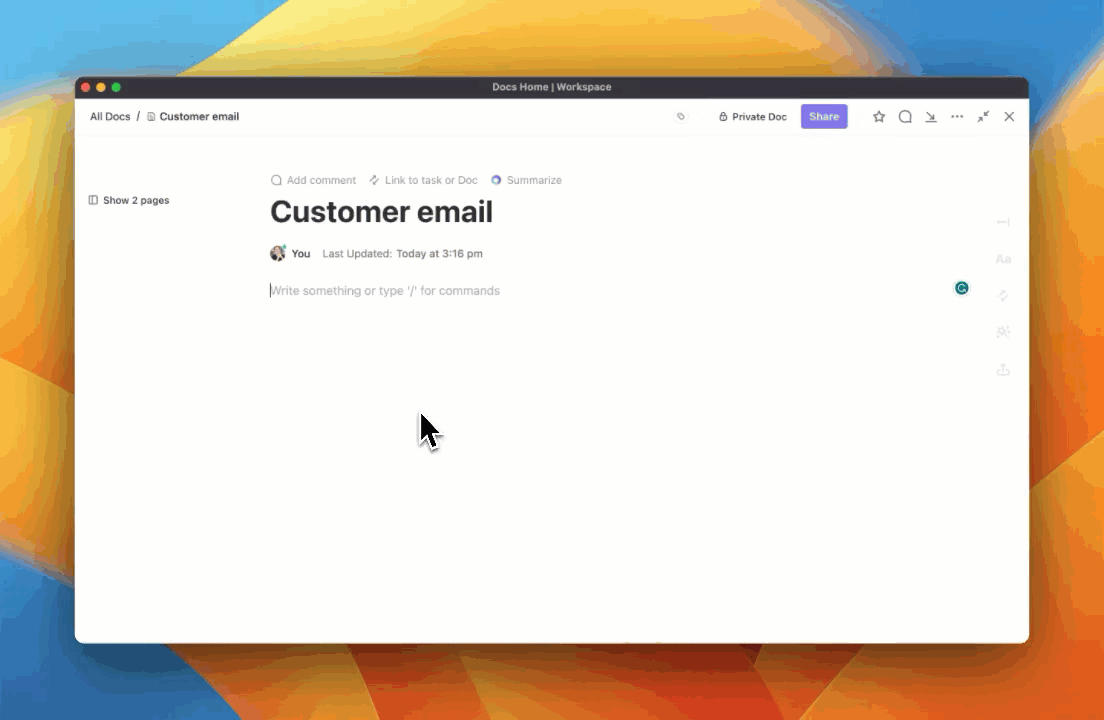
Best for the following industries: Food and beverage, hospitality, entertainment, automotive, retail
Partnering with influencers in your industry builds credibility and extends your marketing reach to larger audiences. It also increases your chance of going viral, which has enormous benefits, all with minimal work on your end.
The right influencer can help you build credibility, increase your social media following, generate sales, and elicit feedback to help your company improve.
Best for the following industries: E-commerce, hospitality, financial, technology, entertainment, marketing
Working with third-party affiliates who promote your products or services for a modest commission generates sales, expanding your reach to a broader audience.
Some businesses choose affiliate marketing over PPC marketing and other avenues because it’s another effective strategy that doesn’t interrupt your cash flow. Affiliates get paid when a customer makes a purchase, so you only pay if it works.
Best for the following industries: Manufacturing, education, entertainment, energy, food and beverage
Participating in or sponsoring events increases brand visibility and the number of potential customers who connect with your business. These events don’t have to be in-person; webinars and other online events are effective, too.
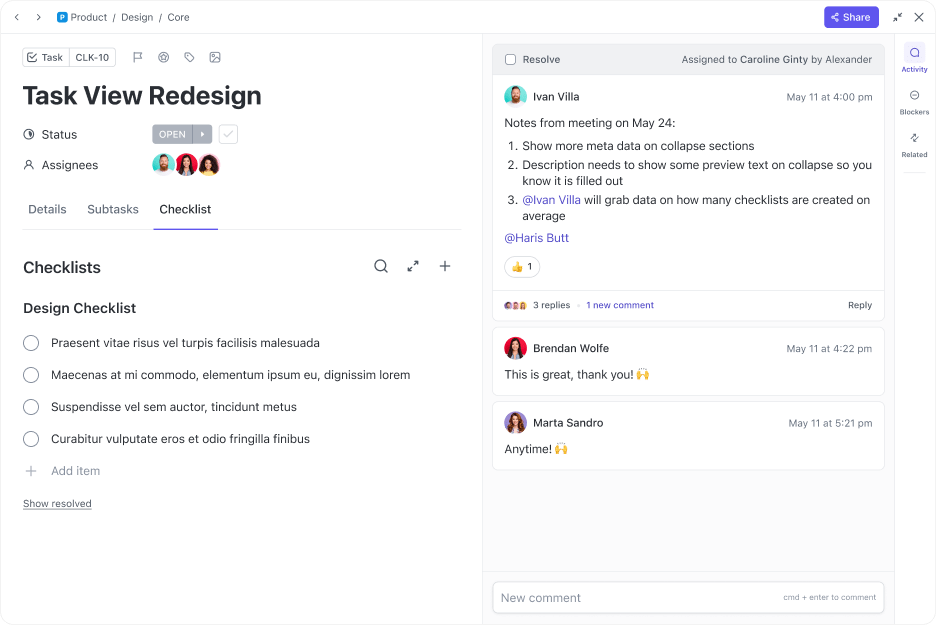
You’ll want to choose events that are actually relevant and interesting to your audience to see results. That might mean conducting some surveys with existing customers to get an idea of where to start or if it’s a good idea for your brand.
Best for the following industries: Food and beverage, hospitality, entertainment, automotive
Collaborating with other businesses or organizations is a straightforward way to cross-promote and reach a wider audience.
Working with another organization to achieve a common goal doesn’t just boost visibility. It increases the chances of reaching your goal in a timely manner while divvying up finances and tasks to benefit both (or all) parties.
Best for the following industries: E-commerce, SaaS, entertainment, subscription boxes, education, hospitality, financial
Free trials and samples aren’t just marketing tactics; they’re bite-sized appetizers and interactive showcases of what you’re offering.
It’s like giving potential customers VIP access to the magic of your product or service before they commit, effectively sparking curiosity and excitement to become paying customers. 🎉
Best for the following industries: Service, e-commerce, hospitality, financial, subscription boxes
You’ll often see loyalty and referral programs in customer retention strategies, and with good reason—they work!
Most of us have made an extra purchase or taken action to get rewards from a favorite brand at least a few times. So try rewarding existing customers for repeat business and referrals with incentives like discounts on future purchases, plan upgrades, or exclusive products.

Best for the following industries: E-commerce, healthcare, transportation, construction, subscription boxes, financial
Encouraging or incentivizing satisfied customers to leave positive reviews and testimonials influences and builds trust with potential customers.
So many savvy shoppers spend hours scouring reviews and testimonials from different brands before spending their hard-earned cash. You want your company to be the one that stands out with delighted customers, honest feedback, and high ratings.
You’ll likely encounter some speed bumps on your path to effective customer acquisition, and that’s okay!
It’s how you respond to each challenge that matters. We’re here to help with that. Below, we’ve highlighted common challenges you might face and potential solutions to get your client acquisition strategy back on track.
Study them now or bookmark this guide and revisit it when you know what you’re up against.
Challenge: Define your target audience, develop accurate customer personas, and tailor marketing efforts accordingly.
Solution: Execute a thorough market research campaign to identify customer behaviors, preferences, and demographics. Analyze this data to identify your target audience. 🔍🎯
Challenge: Stand out from competitors and effectively compete for attention and differentiation.
Solution: Focus on niche markets, highlight what sets your company apart, and develop a unique value proposition. Monitor the competition to stay ahead.

Challenge: Balance your customer acquisition cost (CAC) and the lifetime value of each customer to improve your bottom line.
Solution: Focus on optimizing high-converting marketing channels and implementing strategies to improve customer retention. Regularly assess and adjust your CAC strategy.
Challenge: Identify the best marketing channels to reach your target audience and use your resources effectively.
Solution: Experiment with different marketing channels, analyze data based on your existing audience’s preferences, and invest accordingly.
Challenge: Converting more potential customers into paying customers.
Solution: Continuously test your website and landing pages using A/B testing and similar strategies to identify what resonates with your audience. Provide clear calls-to-action (CTAs) and refine your customer journey.

Challenge: Creating an emotional connection and sense of reliability with potential customers (a common challenge for small or new businesses).
Solution: Establish a robust online presence, use social proof (e.g., customer reviews), provide transparent communication, and offer guarantees or trials to reduce perceived risk for potential customers.
Challenge: Scaling customer acquisition efforts while maintaining efficiency.
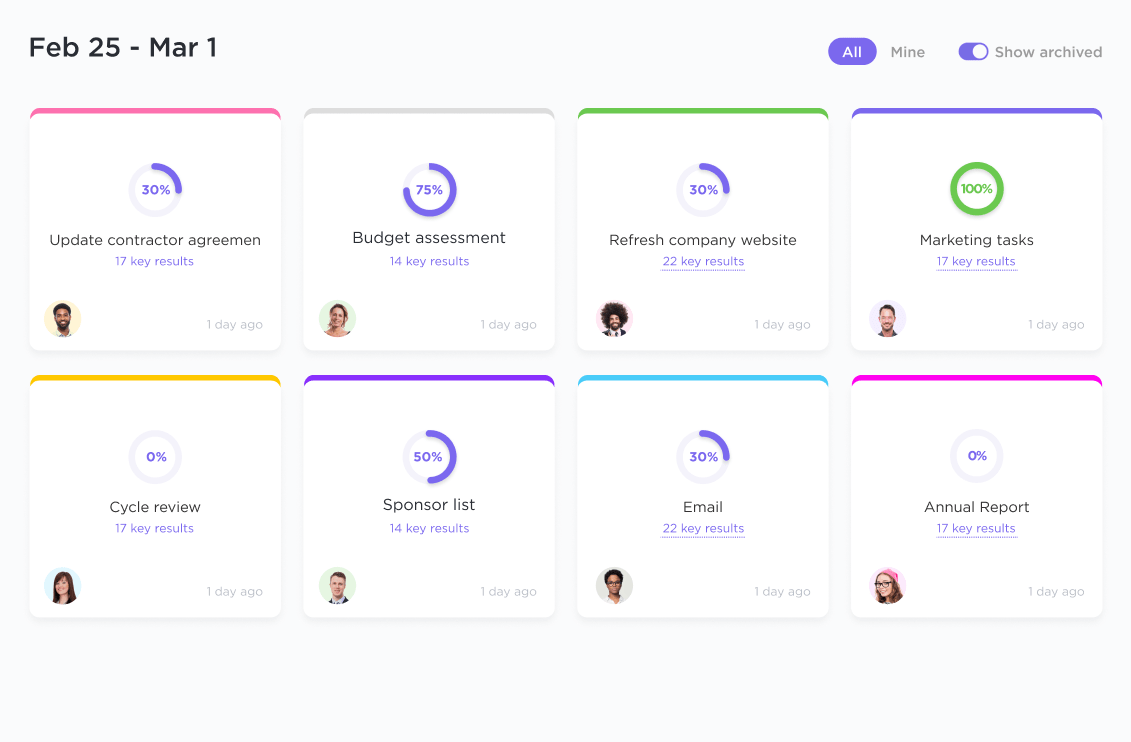
Solution: Implement scalable marketing tools for small businesses, expand successful strategies, and invest in technology capable of handling increased customer volume.
Challenge: Adapting to ever-changing customer behaviors and preferences.
Solution: Keep up with industry trends, review customer feedback, and adjust your strategies when needed. Be willing to evolve your approach and innovate as needed.
Now, for the part we’ve all been waiting for! Allow us to introduce you to our step-by-step guide to successful customer acquisition strategies.
Identify your ideal customers based on demographics, behaviors, and preferences. Use this data to create customer personas and adjust your marketing to their interests and needs.
Comprehensive client management tools like ClickUp simplify this step, providing extensive data and analytics on current customers.
Compelling content that offers value while resonating with your target audience is marketing gold. Use blogs, videos, infographics, and other content to showcase your expertise and attract potential customers.

Create an SEO strategy to improve visibility and organic web traffic. Use relevant keywords and build backlinks to enhance your search engine rankings.
Engage your target audience and existing customer base on social media platforms like Facebook, TikTok, LinkedIn, and Instagram. Share engaging content, interact with followers, and use targeted advertising to reach more people.
Want to make social media marketing easier? ClickUp Automations takes the work out of scheduling and tracking social posts.
Engage and nurture relationships with potential customers via targeted email campaigns that provide valuable content, exclusive offers, and personalized communication. Bonus points if you use a tool like ClickUp!
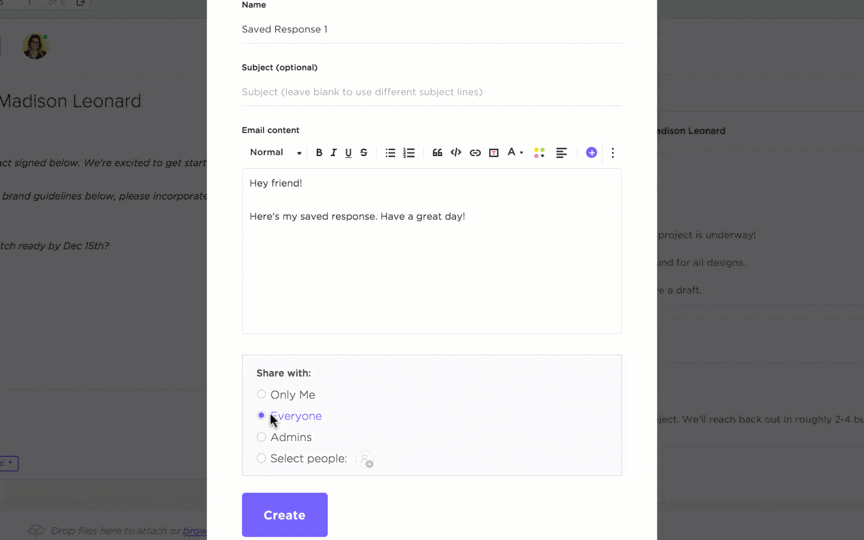
ClickUp and similar tools allow you to leverage project management features to better strategize customer acquisition. You’ll also get access to handy features like marketing and sales funnel templates.
Allocate a budget for marketing costs on channels like Google or Facebook ads. ClickUp for Sales Teams improves your marketing campaign success rate thanks to integration with today’s top marketing tools, detailed analytics, and budgeting tools.
Targeted ads based on demographics, interests, and online behavior are effective, especially when you include retargeting. Retargeting refers to paid ads targeting customers who have previously visited your social media profiles or website.
Implement referral programs to motivate loyal customers to refer family, friends, coworkers, and social media contacts.
Offer incentives like discounts, giveaway entries, loyalty points, or exclusive access to unique content or products.
Let potential customers experience your product or service with free trials or samples. This reduces the perceived risk and provides a firsthand look at the quality of the goods or services you offer, which entices potential customers and leaves them wanting more.
Customer relationship management (CRM) improves retention and trust. Effective CRM for startups often includes loyalty programs, personalized offers, and quality customer service.
ClickUp CRM makes it easy to message clients and improve customer experience. It has everything you need to manage customer relationships, letting you:

Use metrics and data analytics tools to get insights from customer behavior to make informed decisions, refine strategies, and identify areas for improvement.
ClickUp’s capabilities to monitor and analyze customer data make everything easier. It has what you need to:
Once you’ve launched a client acquisition strategy, it’s time to see how effective it is. With the ever-changing consumer landscape, making improvements based on current metrics is an ongoing necessity for continued success. And we’re here to help.
Here’s a breakdown of some metrics you might want to track:
CAC refers to the total cost of one new customer based on marketing and sales team costs.
Here’s a simple formula to calculate your CAC:
Conversion rates measured at different stages of the customer journey enable you to identify what’s working and what isn’t.
You’ll track how many leads or website visitors progress to the next phase of the customer journey from each source (e.g., website visits to newsletter signups).
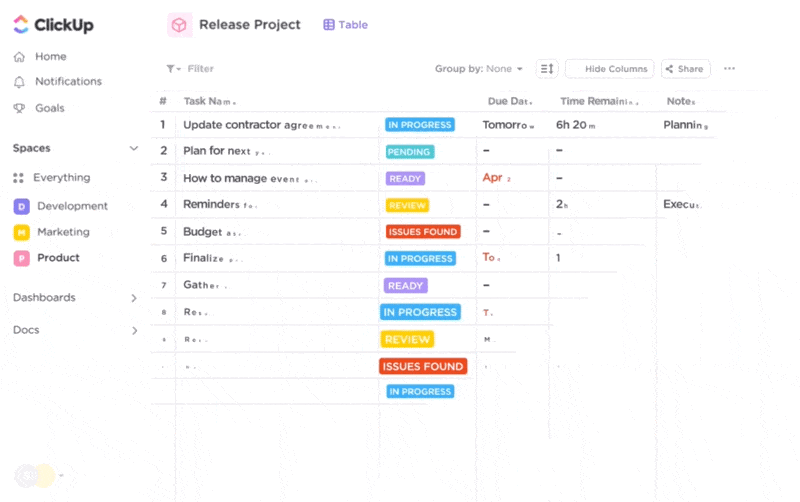
Here’s a quick formula to calculate your conversion rates:
Customer lifetime value (LTV) refers to the revenue a customer is expected to generate from the beginning to the end of their relationship with your business.
Here’s a basic formula to calculate customer LTV:
Return on investment (ROI) measures the profitability of your new client acquisition strategies.
Here’s a simple way to calculate ROI:
Customer churn rate refers to how many paying customers stop purchasing your product or service within a given period. The lower the churn rate, the better the impact on the success of your client acquisition strategy.

You can calculate your churn rate using this easy formula:
Tracking the performance of different customer acquisition channels highlights the effectiveness of each method in your client acquisition strategy.
Comparing conversion rates and ROI from each acquisition channel makes it easy to identify where you’re finding the most (and the most valuable) customers.
Another way to refine your strategies is by learning from case studies and success stories.
Below, we’ve highlighted some of the best real-life examples of successful client acquisition strategies to inspire your marketing team. Ready to get inspired (and maybe a bit envious)?
Highlighted method: Referral program
Airbnb significantly boosted its growth with referral programs, setting a new standard. The brand incentivized existing users to refer friends by offering travel credits they could use to reduce the cost of booking a location, and it worked.
Their winning strategy encouraged existing users to promote the platform, providing word-of-mouth advertising that attracted new users, built trust, and sparked excitement.
Highlighted method: Viral video
Dollar Shave Club gained international attention, boosting its customer base and skyrocketing its success with a viral video that did a great job of highlighting the benefits of its product.

In other words, they made a fun and frank video that showcased unique selling points while making customers laugh. In doing so, it generated millions of new customers and even more views.
Highlighted method: Home try-on program
E-commerce giant Warby Parker disrupted the eyewear industry by bringing the try-on-and-buy experience to online shopping with a new home try-on program.
It might not sound like much now, but it was a bold move that let the company compete with designer brands. Warby Parker sweetened the deal with free shipping and the option to try on several frames before committing—all without customers having to leave home.
Highlighted method: Content marketing
This now famous mattress-in-a-box company rose to fame by investing in good ol’ digital content marketing. Their success is a testament to the power of useful, relevant content.
Casper published entertaining, lighthearted content that educated consumers about the benefits of quality sleep and (of course) their mattresses. This positioned the company as an authority in the industry and built trust with consumers.
The brand even had a print magazine called Woolly for a while before shifting focus back to digital content.
Whether you’re just starting or you’ve been at it for a while, every company can benefit from a solid new client acquisition strategy to bring customers in.
The secret sauce is happy customers. That means nailing your customer relationship game and delivering top-notch products or services.
Pro tip: When you find something that works, double down! ✅🙌
Ready to boost your business, slash your CAC, and boost your customer LTV? We’ve got you covered with the best tools in the game!
What are you waiting for? Jump on the ClickUp train—it’s free! 🚂
© 2025 ClickUp